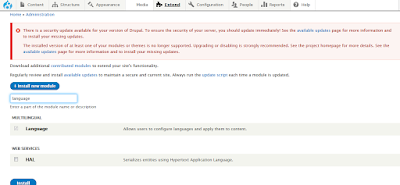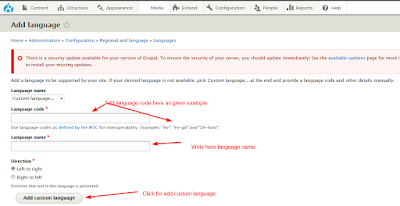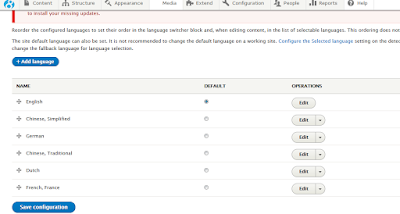It is very simple way to add custom JQuery file in custom module, but we have few methods for this.
Method 1: Our custom libraries(js/css) will be apply on all pages of project.
If we want to add custom js file in whole pages of project then we have to use this method.
1. First we have to create js file like 'gallery.js' file in js folder in our custom module.
2. Then we have to create a 'hook.libraries.yml' file means there hook will be module name.
Example: Suppose our Module name will be 'gallery' So we will create file with name of 'gallery.libraries.yml' in custom module folder means this file should be placed with '.routing.yml' file.
3. The code for '.libraries.yml' file is..
image_gallery:
version: 8.4.5
js:
js/gallery.js: {}
dependencies:
- core/jquery
css:
theme:
css/gallery.css: {}
Note: There is a library called image_gallery that when included in a page will deliver the 'js/gallery.js' and 'css/gallery.css' file.
4. Then we have to create '.module' file.
Example: Suppose our Module name is gallery so file name will be 'gallery.module'. There our code for attachment of this library to our module is..
<?php
function gallery_page_attachments(array &$attachments) {
$attachments['#attached']['library'][] = 'gallery/image_gallery';
}
?>
5. Here 'gallery/image_gallery' means 'module name/libraries name' and in the time of controller function return of page will be written like..
return array('#markup' => t($html)); // here $html is return the result for page.
Method 2: Our custom libraries(js/css) will be apply only on custom module pages of project.
1. Whole process and file creation will be same but we will not use attachments code in '.module' file.
2. In this case we just have to create '.libraries.yml' file and apply code..
image_gallery:
version: 8.4.5
js:
js/gallery.js: {}
dependencies:
- core/jquery
css:
theme:
css/gallery.css: {}
3. Then in the time of controller function return of page will be written like..
return [
'#markup' => t($html),
'#attached' => array(
'library' => array(
'gallery/image_gallery',
),
),
];
here 'gallery/image_gallery' means 'module name/libraries name' and '$html' is the written result for page.
Note: If have any suggestions or issue regarding 'How to add custom js file in custom module in drupal 8 ?' then you can ask by comments.
Method 1: Our custom libraries(js/css) will be apply on all pages of project.
If we want to add custom js file in whole pages of project then we have to use this method.
1. First we have to create js file like 'gallery.js' file in js folder in our custom module.
2. Then we have to create a 'hook.libraries.yml' file means there hook will be module name.
Example: Suppose our Module name will be 'gallery' So we will create file with name of 'gallery.libraries.yml' in custom module folder means this file should be placed with '.routing.yml' file.
3. The code for '.libraries.yml' file is..
image_gallery:
version: 8.4.5
js:
js/gallery.js: {}
dependencies:
- core/jquery
css:
theme:
css/gallery.css: {}
Note: There is a library called image_gallery that when included in a page will deliver the 'js/gallery.js' and 'css/gallery.css' file.
4. Then we have to create '.module' file.
Example: Suppose our Module name is gallery so file name will be 'gallery.module'. There our code for attachment of this library to our module is..
<?php
function gallery_page_attachments(array &$attachments) {
$attachments['#attached']['library'][] = 'gallery/image_gallery';
}
?>
5. Here 'gallery/image_gallery' means 'module name/libraries name' and in the time of controller function return of page will be written like..
return array('#markup' => t($html)); // here $html is return the result for page.
Method 2: Our custom libraries(js/css) will be apply only on custom module pages of project.
1. Whole process and file creation will be same but we will not use attachments code in '.module' file.
2. In this case we just have to create '.libraries.yml' file and apply code..
image_gallery:
version: 8.4.5
js:
js/gallery.js: {}
dependencies:
- core/jquery
css:
theme:
css/gallery.css: {}
3. Then in the time of controller function return of page will be written like..
return [
'#markup' => t($html),
'#attached' => array(
'library' => array(
'gallery/image_gallery',
),
),
];
here 'gallery/image_gallery' means 'module name/libraries name' and '$html' is the written result for page.
Note: If have any suggestions or issue regarding 'How to add custom js file in custom module in drupal 8 ?' then you can ask by comments.












